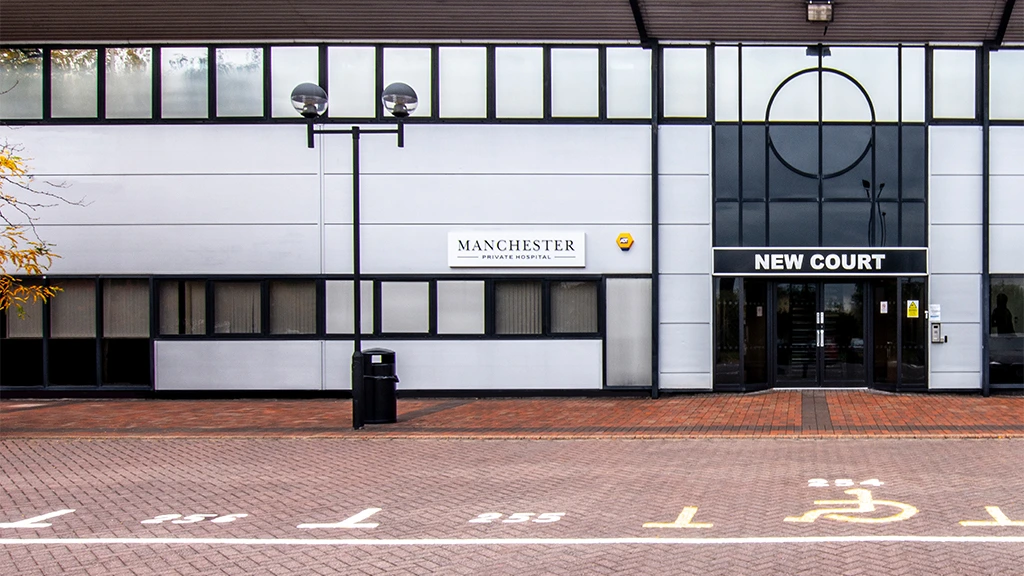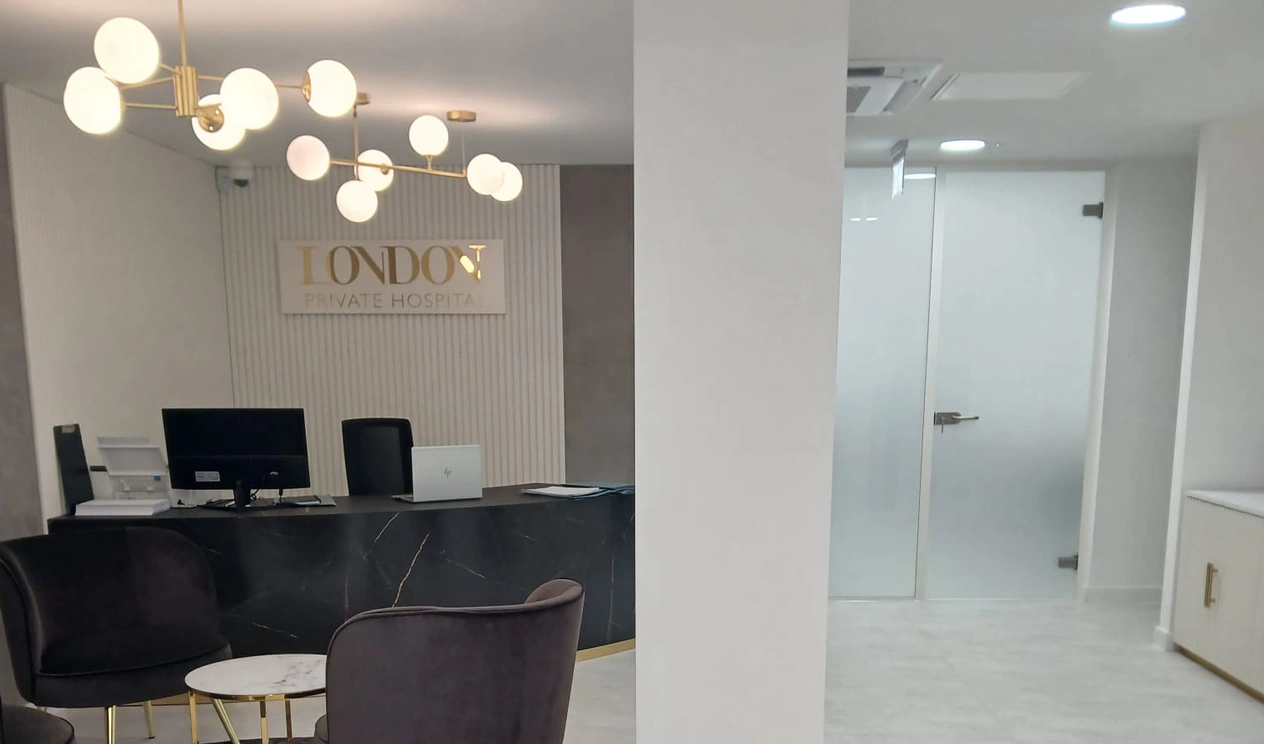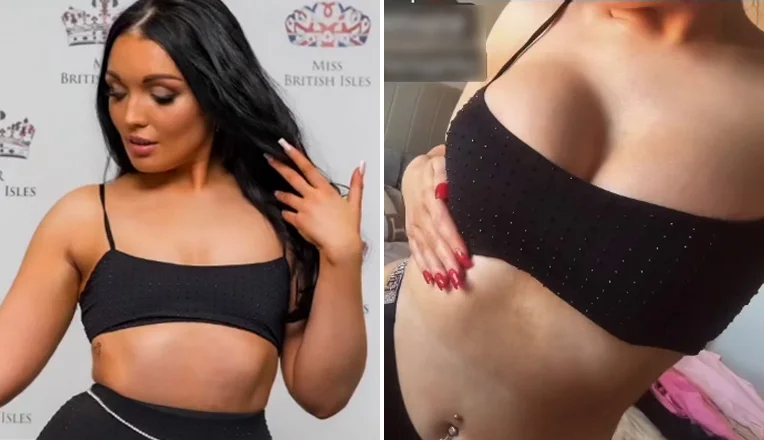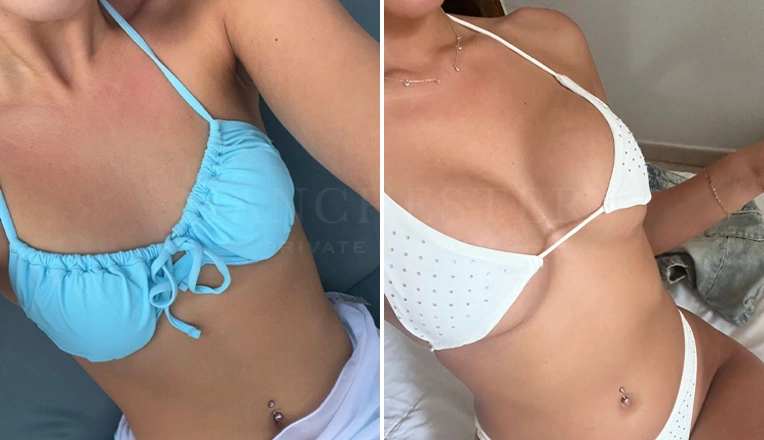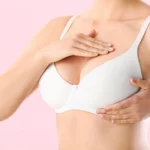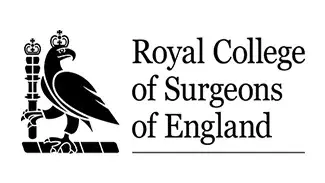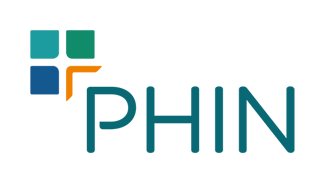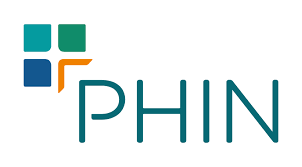A frustrating condition, puffy nipples are an increasingly common concern among both men and women, often leading to discomfort and loss of confidence. This condition is characterised by the protrusion of the nipple and surrounding areola, giving a swollen appearance. While not typically a medical issue, this leads to self-consciousness and leads to many seeking solutions for cosmetic reasons. At Manchester Private Hospital, we have had many patients contact us for advice on what can be done to resolve this condition and in this article, we try to cover the main talking points and questions that arise on this topic.
Understanding Puffy Nipples
Let’s explore what causes this unsightly condition – puffy nipples occur when excess tissue or fat accumulates beneath the nipple and areola, causing them to protrude and be more visible. In men, this is frequently associated with gynecomastia, a condition caused by hormonal imbalances and characterised by the enlargement of male breast tissue. Similarly, hormonal fluctuations may cause some women to experience puffy nipples during menstruation, pregnancy, or breastfeeding. As you would expect, this condition can also be affected by additional factors, including genetics, weight gain, and certain medications.
Causes in Men and Women
Men:
- Hormonal Imbalances: Unnaturally high levels of oestrogen or low testosterone levels can lead to tissue growth under the nipples.
- Steroid Use: Routine use of either synthetic or bioidentical anabolic steroids can alter hormonal levels and cause gynecomastia.
- Excess Fat: A common culprit is excess adipose tissue and body fat, which is responsible for increasing the prominence of a flabby chest and accentuated nipple appearance.
Women:
- Hormonal Changes: Menstrual cycles, pregnancy, and breastfeeding are commonly associated with temporary nipple swelling.
- Birth Control Pills: Hormonal contraceptives may lead to changes in breast tissue.
- Aging and Weight Fluctuations: The process of ageing and gaining weight can significantly alter breast and nipple shape.
Treatment Options
Lifestyle Modifications:
- Diet and Exercise: Adopting a healthy, balanced diet and engaging in regular exercise can help minimise puffy nipples.
- Avoiding Steroids and Alcohol: Symptom resolution can be achieved by avoiding taking steroids and drinking alcohol.
Medical Interventions:
- Hormonal Therapy: Hormonal imbalances can, in many cases, lead to puffy nipples. This can be resolved with supplementary medications to restore balance.
- Non-Surgical Procedures: Fat freezing and the use of certain lasers can be used as a successful therapy to target excess fat in the chest area.
Surgical Solutions:
- Nipple Reduction Surgery: This is a very common procedure which involves removing excess tissue around the areola, which reshaped and reduced the size of the nipple to make it more aesthetically pleasing. This surgery is typically performed under local anaesthesia with minimal discomfort and recovery time.
- Gynecomastia Surgery: For men who are dealing with significant breast tissue enlargement, the gynecomastia procedure is worth considering if the goal is to achieve a flatter chest contour. This can only be accomplished through the surgical removal of excess glandular tissue and fat around the chest.
Risks and Considerations
While these surgical options are generally considered safe and have an excellent track record of success, it’s important to fully consider the potential risks. Whist rare, these risks include infection, scarring, changes in nipple sensitivity. It is also important to keep in mind that not all patients are 100% happy with the outcome. This underpins the importance of consulting with a qualified surgeon with a demonstrable track record, to discuss expectations and potential complications.
Frequently Asked Questions
Can puffy nipples go away on their own?
Whilst it is rare for puffy nipples to self-resolve, in certain cases where the condition is a result of hormonal changes or weight fluctuations, it is possible that the appearance of the nipples may normalise without intervention.
Is surgery the only effective treatment?
Not necessarily. We have discussed how lifestyle changes and non-surgical treatments can be effective tools, particularly in mild cases. However, surgery represents the gold standard intervention for those looking for a solution that is both immediate and long-lasting.
Will insurance cover the cost of surgery?
Typically, insurance does not cover this surgery, unless the condition is deemed medically necessary. In some cases, the insurance may cover part or all of the procedure. As always, its best to consult with your provider in order to understand the picture fully.
What is the recovery time for nipple reduction surgery?
In comparison to other cosmetic procedures, this surgery has a favourable profile, with most patients returning to normal activities within a few days and full recovery typically taking a few weeks.
Are the results permanent?
Surgical results are generally permanent, though significant weight changes or hormonal fluctuations can affect outcomes.
Final thoughts
Puffy nipples, while common and usually harmless, can lower self-esteem and make the sufferer self-conscious about their body image. The most important take-home point of this article is to gain an understanding of the causes and available treatments for your puffy nipples. Only then can you be empowered to make an informed decision about your health and appearance. At Manchester Private Hospital, we have guided many patients through the decision-making journey, and our dedicated team is on hand to take your call and offer personalised guidance tailored to your individual needs. Get in touch today to begin your journey.
Breast Augmentation Before and After Gallery
Read Our Patient Reviews
Explore our reviews made by real patients
Meet Our Expert Surgeons
Get to know our highly experienced surgeons
Consultation Locations
We offer Consultations from a number of locations around the UK
Prices and finance
We have partnered with Chrysalis Finance, allowing patients to apply for cosmetic surgery finance for all our procedures
Consultation Locations
Manchester Hospital
Manchester Private Hospital New Court, Regents Place, Windsor
Street Salford, Greater Manchester, M5 4HB.
